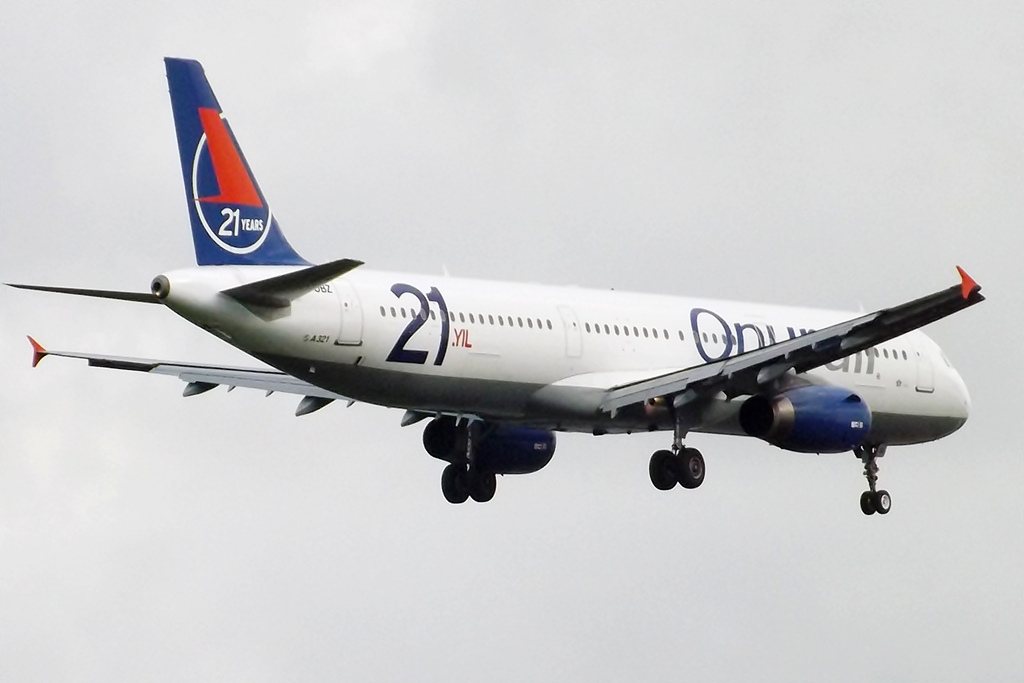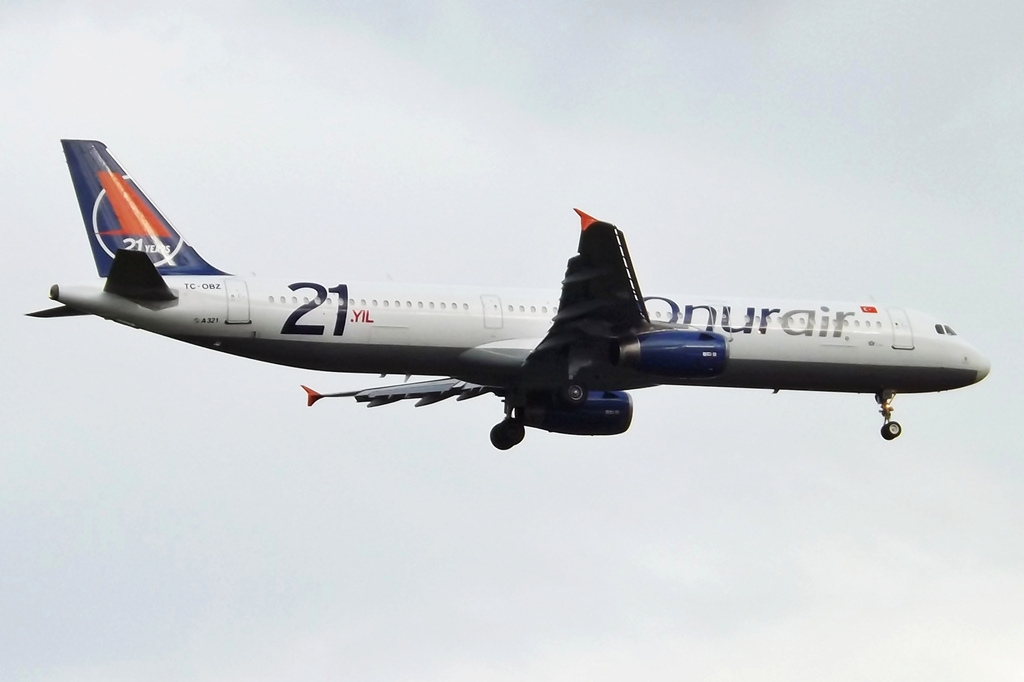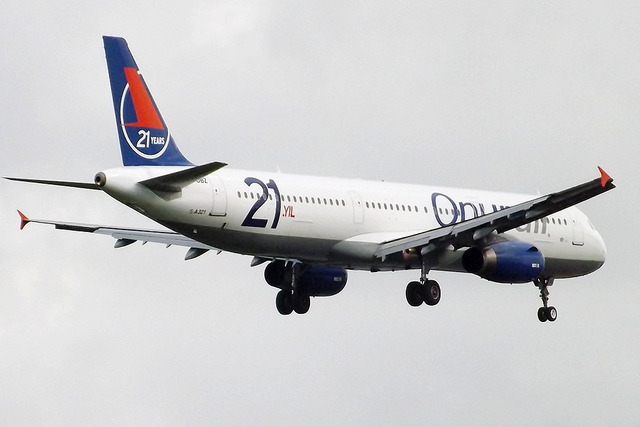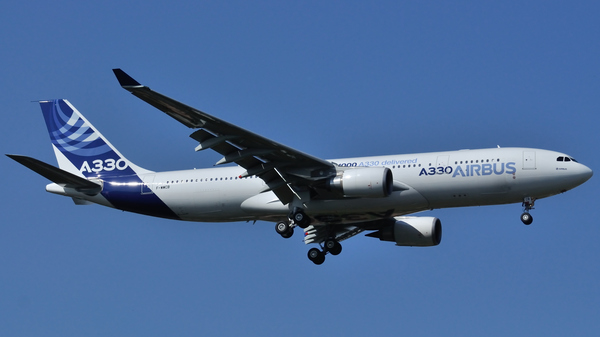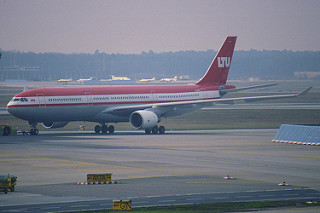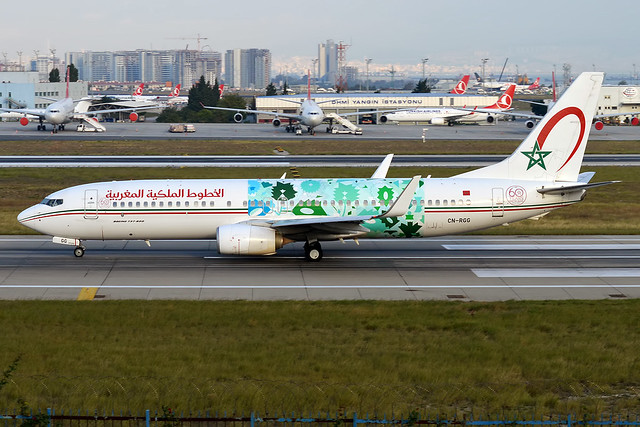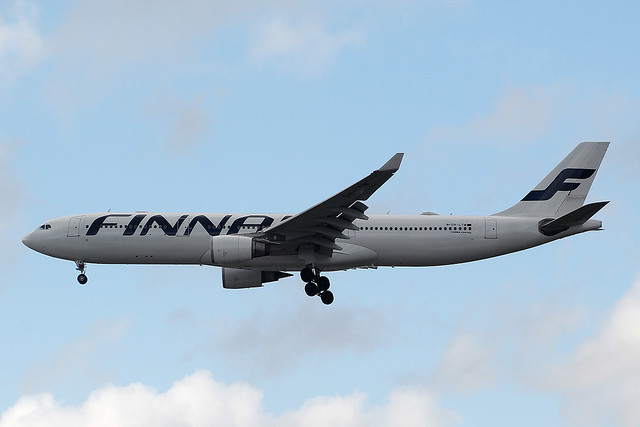Onur A321 at Deauville on Sep 26th 2013, 3nm from touchdown just 49 feet above runway
Last Update: September 10, 2018 / 14:38:45 GMT/Zulu time
Incident Facts
Date of incident
Sep 26, 2013
Classification
Incident
Airline
Onur Air
Flight number
8Q-1985
Departure
Izmir, Turkey
Destination
Deauville, France
Aircraft Registration
TC-OBZ
Aircraft Type
Airbus A321
ICAO Type Designator
A321
The French BEA reported in their weekly bulletin that the occurrence was rated a serious incident, the BEA is investigating.
On Apr 10th 2018 (almost 5 years after the occurrence) the BEA released their final report in French concluding the probable causes of the serious incident were:
The crew announced a visual approach, however, prepared a circling approach. When the controller instructed the crew to report when joining downwind the pilot flying interpreted this as an instruction to turn right. From that moment on the crew mixed the circling approach and the visual approach procedures. The aircraft descended to the MDA of 1100 feet AGL on downwind but continued the descent while turning final. The aircraft descended to 528 feet AGL/49 feet AAL 3nm before the runway threshold.
The serious incident results from:
- incomplete transition from a circling to a visual approach procedure, the crew kept the MDA as target altitude
- Loss of situational awareness regarding the vertical profile. The crew started and continued the descent while turning final. Crews tend to fly too low due to exernal visual references are insufficient to accurately estimate the height
- difference of expectations by crew and tower with respect to their trajectory, tower expected a visual procedure, the crew however initiated a circling approach.
The BEA reported runway 30 had been in use at Deauville, winds were from 070 degrees at 4 knots. A departure was preparing for takeoff, tower accepted the request by the crew to depart from runway 12 about 30-40 minutes later.
In the meantime 8Q-1985 was descending towards Deauville, listened to ATC indicating runway 30 was in use. The crew prepared for an ILS approach to runway 30. The crew descends the aircraft to FL070 and slows the aircraft for arrival. The captain (35, ATPL, 7,025 hours total, 6,124 hours on type) was pilot flying, the first officer (61, CPL, 8,043 hours total, 2,008 hours on type) was pilot monitoring.
The departure gets ready for takeoff and begins to taxi out, the controller switches the active runway to 12.
When 8Q-1985 contacted Deauville approach, the approach controller advised runway 12 had become active and proposed a GNSS approach to runway 12, the crew requested a visual approach because they were not authorized for a GNSS approach. The crew selected the ILS frequency for runway 30, queries with ATC whether the visual approach should be flown left or right hand, the crew is cleared to turn right to join a left hand downwind. About 17nm before Deauville while descending through 9400 feet on the localizer the aircraft slowed to 230 KIAS, the crew lowered the gear, armed the ground spoilers and deployed flaps 1. Spoilers were applied (whch disarmed the ground spoilers), the speed decreases to 200 KIAS and the flaps are set to position 2. The crew gets handed off to tower, the crew turns right towards the left downwind about 9nm before the aerodrome, the autopilot captures the selected target altitude of 3000 feet MSL, the speed reduces to 180 KIAS. The crew requests further descent and is cleared to descend on own discretion. The crew selected the MDA (1100 feet) into the altitude target window, the autopilot is set into V/S mode. The autopilot captures the target altitude 1100 feet.
The departure gets cleared for takeoff. Tower instructs 8Q-1985 to extend their downwind due to the departure. About 2.3nm downwind of the runway threshold the aircraft is cleared to turn base, the crew lost sight of the runway but had visual contact with the surface of the sea as well as the coastline. The crew turned base, the crew arms the ground spoilers and sets the flaps to position 3. The crew selected a vertical speed of -650 fpm, the autopilot switches into V/S mode and descends the aircraft. About 4nm before the runway threshold while turning final the crew disengaged autopilot and autothrust, selected the go around altitude 3000 feet into the altitude window, the EGPWS sounds "Terrain ahead" for 8 seconds, the pilot flying applies nose up input about 1/3 of the stick travel, the pitch changes from 0.5 degrees nose up to about 12 degrees nose up. The EGPWS sounds again "Terrain Ahead, Pull Up" for 7 seconds. The aircraft is at 528 feet MSL/AGL and 49 feet above aerodrome level at that point, the pilot flying applies further nose up inputs, the aircraft pitches up to 16 degrees, the aircraft climbs away. The controller sees the aircraft in the unusual attitude and queried whether they were going around, the crew replied they were going to land. The aircraft climbs above the descent profile indicated by the PAPIs, about 1.5nm before the runway threshold the pilot flying descends the aircraft again, the TAWS sounds "sink rate", the commander decides and initiates a go around. The crew reported they lost visual contact with the runway due to the sun. The crew is cleared for an approach to runway 30 and landed without further incident.
On Sep 10th 2018 the BEA also released the English Version of the final report (editorial note: all narrative above is based on our translation of the French version and has been left intact for comparism, additional note: MVL procedure is a visual circling manouvre).
Incident Facts
Date of incident
Sep 26, 2013
Classification
Incident
Airline
Onur Air
Flight number
8Q-1985
Departure
Izmir, Turkey
Destination
Deauville, France
Aircraft Registration
TC-OBZ
Aircraft Type
Airbus A321
ICAO Type Designator
A321
This article is published under license from Avherald.com. © of text by Avherald.com.
Article source
You can read 2 more free articles without a subscription.
Subscribe now and continue reading without any limits!
Read unlimited articles and receive our daily update briefing. Gain better insights into what is happening in commercial aviation safety.
Send tip
Support AeroInside by sending a small tip amount.
Related articles
Onur A321 near Volgograd on May 20th 2018, loss of cabin pressure
An Onur Air Airbus A321-200, registration TC-OBZ performing flight 8Q-877 from Antalya (Turkey) to Chelyabinsk (Russia) with 226 passengers and 8…
Onur A332 at Jeddah on May 21st 2018, landed without nose gear
An Onur Air Airbus A330-200 on behalf and in colours of Saudi Arabian Airlines, registration TC-OCH performing flight SV-3818 from Madinah (Saudi…
Onur A321 near Cologne on Jul 16th 2018, hydraulic failure
An Onur Air Airbus A321-200, registration TC-OBY performing flight 8Q-805 from Antalya (Turkey) to Cologne (Germany) with 217 passengers and 7 crew,…
Onur A333 near Belgrade on May 28th 2016, loss of cabin pressure
An Onur Air Airbus A333-300, registration TC-OCA performing flight 8Q-814 from Munich (Germany) to Antalya (Turkey), was enroute at FL410 about 65…
Onur A333 at Nuremberg on Apr 29th 2016, taxiway excursion
An Onur Air Airbus A330-300, registration TC-OCA performing flight 8Q-802 (Callsign OHY804) from Berlin Schoenefeld (Germany) to Nuremberg (Germany)…
Newest articles
RAM B738 at Tunis on Apr 26th 2024, bird strike
A RAM Royal Air Maroc Boeing 737-800, registration CN-RGG performing flight AT-573 from Tunis (Tunisia) to Casablanca (Morocco), was climbing out of…
Finnair A333 over Canada on Apr 28th 2024, engine shut down in flight
A Finnair Airbus A330-300, registration OH-LTM performing flight AY-10 (dep Apr 27th) from Chicago O'Hare,IL (USA) to Helsinki (Finland) with 194…
Subscribe today
Are you researching aviation incidents? Get access to AeroInside Insights, unlimited read access and receive the daily newsletter.
Pick your plan and subscribePartner

A new way to document and demonstrate airworthiness compliance and aircraft value. Find out more.

ELITE Simulation Solutions is a leading global provider of Flight Simulation Training Devices, IFR training software as well as flight controls and related services. Find out more.

Your regulation partner, specialists in aviation safety and compliance; providing training, auditing, and consultancy services. Find out more.
AeroInside Blog
Popular aircraft
Airbus A320Boeing 737-800
Boeing 737-800 MAX
Popular airlines
American AirlinesUnited
Delta
Air Canada
Lufthansa
British Airways
